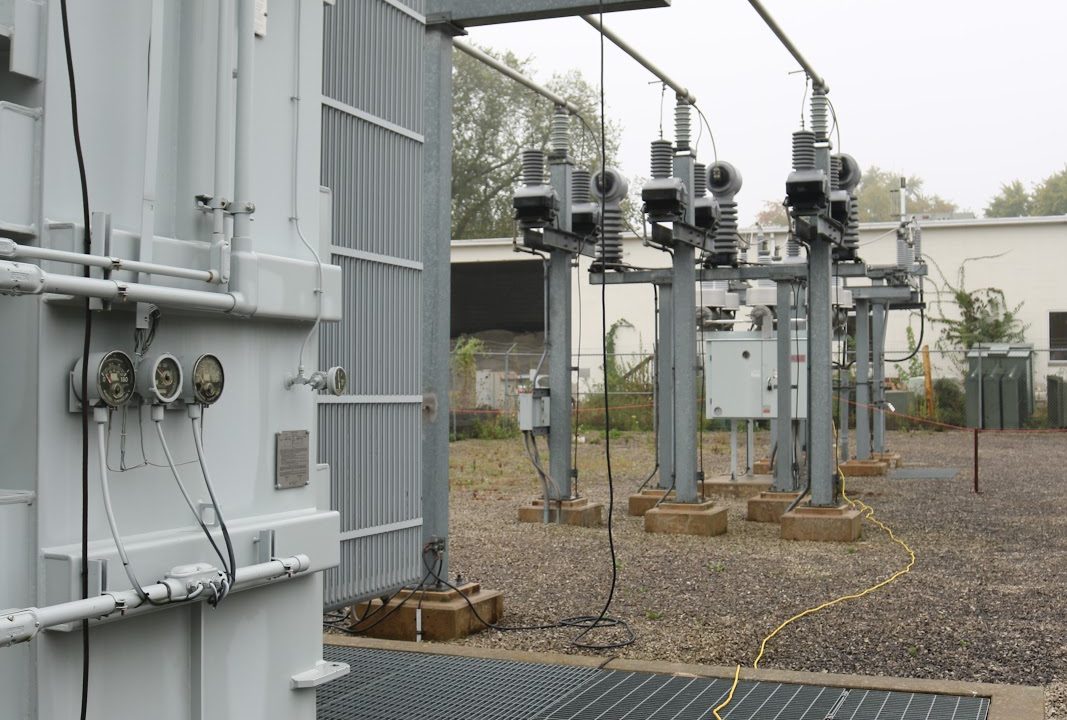Learn
How Long Does a Power Transformer Last? Forever?

There are many papers and studies done on the life of substation transformers. Below is a summary from some of these sources.
TEPCO (Japan) – 65 to 75 years
This covered oil-filled transformers. This paper evaluated two factors on the impact on transformer life, the water content in the insulating paper during construction and winding clamping force change with insulation shrinkage.
For water content, they found that transformers manufactured before 1980 had higher water content in the insulation. The impact was a life that is half the life of a transformer with drier insulating paper. In addition, they found that the degree of polymerization, normally a good index to determine the deterioration level of insulation paper, is less a determining factor in transformers with low-water content in the paper.
For winding clamping force, they found that this degrades as the insulation shrinks and when the transformer is exposed to short circuits. The clamping force is an indicator of transformer condition and that there is a close correlation between CO₂ + CO measurement and transformer winding force.
It concluded that life expectancy is about 65 years for HV transformers and 75 years for distribution transformers.
https://www.tdworld.com/substations/article/20972255/how-transformers-age
University of Stuttgart (Germany) – Study found that failure probability was not age-dependent.
This study found that a time-based maintenance program will not be effective for power transformers. They found over 11 years, with 212 major failures, that about 0.5% of transformers fail regardless of age. The main causes of failures were windings, 35%, tap changer, 30%, bushings, 17.5%, lead exits, 9.5%. Most of these causes are mitigated with routine maintenance.
Under ANSI /IEEE basic loading conditions (ANSI C57.96) – 20 to 30 years
This article is not based on a study but appears to be more anecdotal. It estimates that a low voltage dry type transformer depends on multiple factors such as loading, manufacturing quality, insulation classes, and environmental conditions. If these are in the normal range, the life of a dry type distribution transformer, commonly found in buildings, is about 20 to 30 years, and in ideal conditions, over 50 years.
DTE Electric – Average 41 years, Range 0 – 93 Years
DTE Electric’s report Distribution Operations Five-Year Investment and Maintenance Plan – January 2018, stated that they have 1,600 substation power transformers. From 2012 to 2017, they experienced a 1% failure rate per year on average. Bushings, load tap changers, and winding insulation breakdown represented 56% of the failures. They also reported that the failure rate of power transformers past their life expectancy of 41 years is double that of units within their life expectancy.
The report states that a power transformer is classified as a candidate for replacement if it has abnormal dissolved gases in its oil, is water-cooled, has experienced a high number of through faults (short circuit), or is beyond 70 years old. The transformers are inspected yearly for internal degradation.
In summary
On a macro level, one would expect something with no moving parts would last almost forever. Yet, on a microscopic level, vibrations from loads, poor ventilation, high heat, water leaks, earthquakes, or other forms of external movement including transportation, the water content in paper insulation, and clamping force of winding during manufacturing, will silently deteriorate the transformer.
Despite the different findings from these studies, all make one point evident. If downtime from transformer failure is not an option, performing electrical maintenance on a routine basis is a best practice for mitigating unexpected power losses.
Learn more by downloading our Why, What, When, and Who of Electrical Maintenance white paper.



